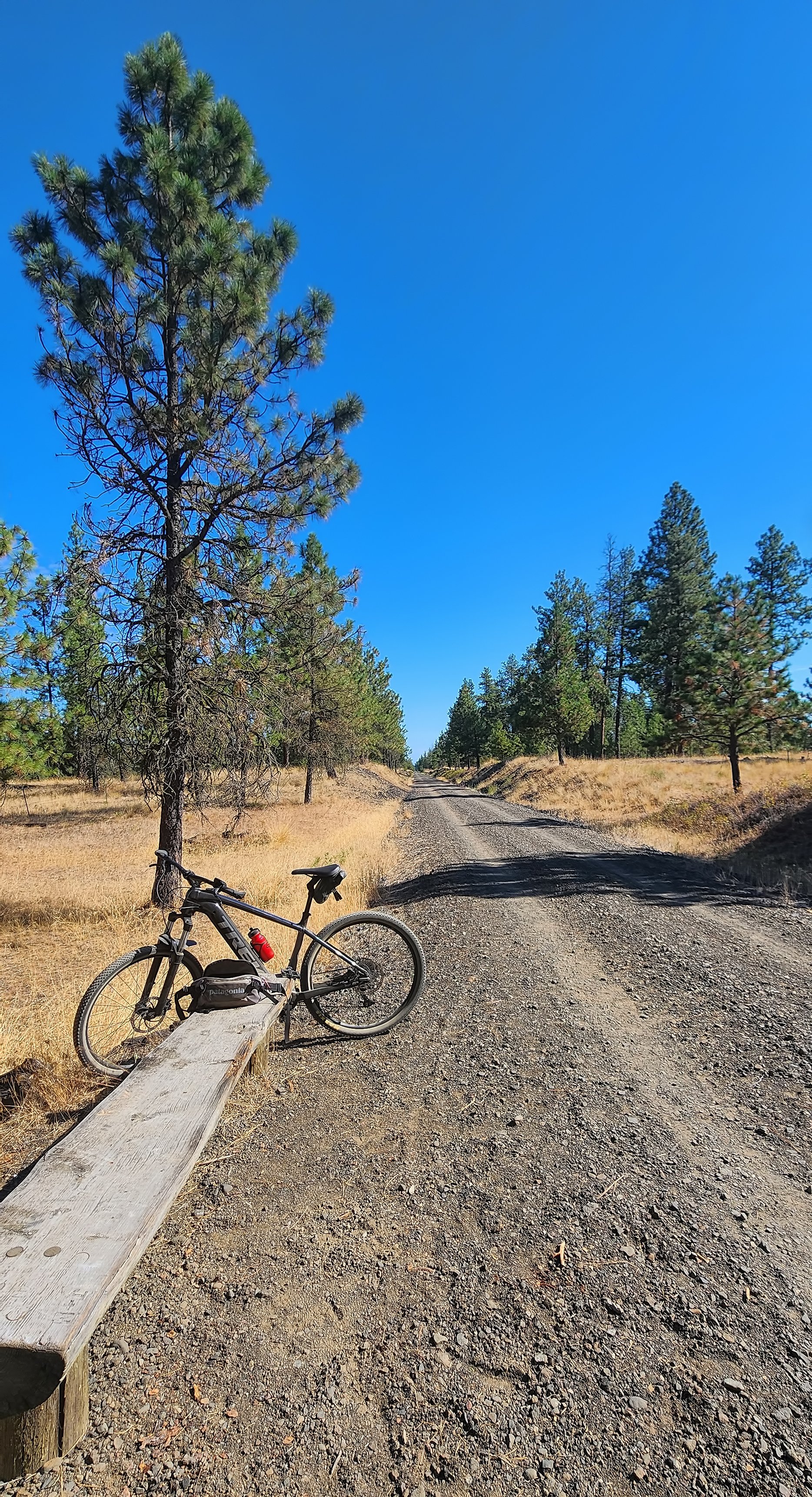in the 21st century with a historic launch and capture of the largest object ever put into space early this morning. It’s unfortunate that this incredible accomplishment isn’t receiving more news coverage.
I’m not so sure that Elon Musk isn’t an alien.
Images below are screenshots from the live stream provided by SpaceX.
One minute before launch the Super Heavy Booster and Starship are fully fueled with liquid oxygen and liquid methane.
Liftoff as 33 Raptor engines on the Super Heavy Booster generate twice the thrust of the Saturn V, capable of placing 150 tons into Earth orbit.
Super Heavy Booster hovering at the launch tower after return from flight. Entirely unprecedented. Wow!
The captured Super Heavy Booster hanging from the “chopsticks” post flight as the vehicle undergoes depressurization.
Glowing plasma during controlled re-entry of Starship during peak heating prior to a successful soft landing on target in the Indian Ocean. Hi-res images provided by Starlink.
Video: Drone’s-eye-view of the liftoff.
Video: The tower catching the returning Booster!
Video: The landing burn and soft touchdown of Starship.
It’s pretty clear that NASA needs SpaceX more than SpaceX needs NASA. Per aspera ad astra.













































